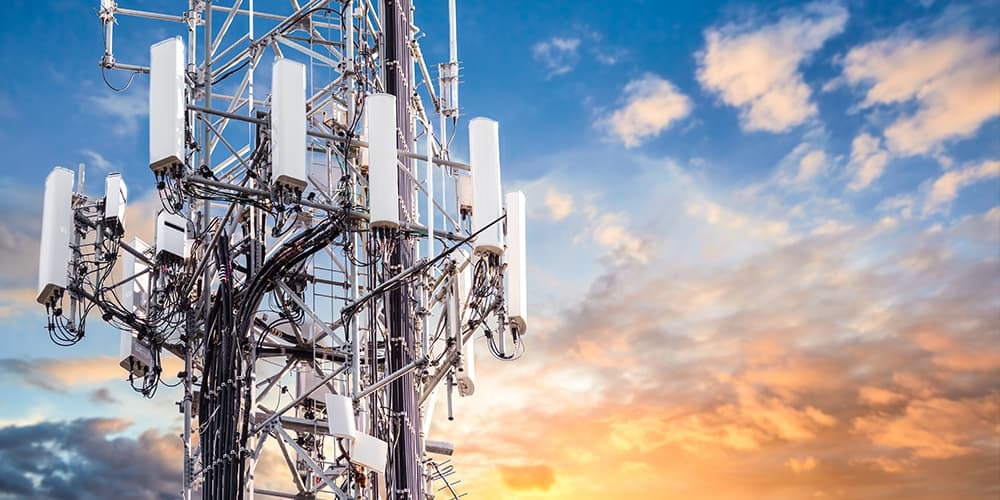If you've ever been through a city you might have noticed tiny cell towers for 5G on street light poles. They look like small boxes however, they're actually transmitting wireless signals from mobile providers to your phone.
They are replacing the larger built cell towers. While they're less noticeable, they still can cause issues for users.
The of the FCC's Radiation Exposure Thresholds
The FCC's Radiation Exposure Thresholds define the maximum amount of time an individual can be exposed to electromagnetic radiation from wireless devices. The exposure limits are based on scientific data which show that the energy of RF could be harmful to health.
The specific absorption rate (SAR) is a measure of the radiofrequency energy that is taken up by tissues. It's typically 1.6 milliwatts per kilogram averaged over one gram of tissue.
Since 5g is able to transmit at higher frequencies, it has the potential to cause greater energy intensity on the skin and other exposed body areas. safe distance from cell tower could lead to various possible harms, such as an increase in appearance of skin conditions such as dermatitis and cataracts and skin cancer.
Due to the potential for negative effects of 5G radiation, PSU has chosen to establish a general, localized power density limit of 4 mW/cm2 averaged across 1 centimeter, but not to exceed 30 minutes for all 5G services at 3000 GHz. This limit for localization is in line with the peak spatial-average SAR of 1.6 W/kg, averaged over one g of tissue at 6 GHz.

The FCC's Maximum Exposure Thresholds
If you've ever operated a cell phone, you're probably aware that a safe range from the tower should be at least 400 meters away. https://notes.io/qNznX is because the power of transmission from cell towers increases drastically the further away the tower is.
Although this may sound like something that's good, the reality is that people who live close to towers could be more vulnerable to health issues. For safe distance to live from cell phone tower , a study conducted in 2014 in India discovered that people who lived within 50m from cell towers suffered significant more health issues than those who lived farther far from antennas.
But, the study revealed that those who relocated to areas further away from the cell towers saw their symptoms improve within a couple of days. Studies have also shown that exposure to high amounts of electromagnetic field radiofrequency (EMFs) can lead to brain tumors, cancer as well as other health issues.
This is because RF radiation, which is used in wireless communications, may be absorbed by the body's outer layer, which is the skin. This is important to understand since the skin serves as a shield against mechanical injury, infection by pathogenic microorganisms, and entry of toxic substances. It is also the biggest organ in the human body, and is responsible for maintaining the integrity of other organs.
The FCC's Minimum Exposure Thresholds for the Minimum Exposure
The FCC's Minimum Exposure Thresholds are based on numerous assumptions that are not supported by scientific evidence. These include the erroneous assumption that exposures to RF radiation are safe due to the limited radiation penetration in the human body (i.e. thermal heating of tissue).
The assumption is also ignoring the greater penetration of ELF components of modulated RF signals as well as the effect of short bursts of heat generated by RF waves that are pulsed. These theories are not compatible with current understanding of the biological effects of RF radiation, and thus, they should not be used for health protective exposure standards.
In addition there is the fact that both ICNIRP and FCC limit their maximum radiation limits for local peak SARs, based on the peak spatial specific absorption rate (psSAR) which is not a sufficient dosimetric tool for determining the level of radiation exposure. Particularly, psSAR is inaccurate when frequencies exceed 6 GHz. Furthermore, psSAR has not been evaluated for RF radiation with co-exposure to other environmental agents , such as sunlight. In the event of interactions, RF radiation with other environmental agents may produce synergistic or antagonistic results. This could result in an increased risk of negative health consequences. For example, co-exposure to RF radiation with sunlight may raise the chance of skin cancer, and may also exacerbate other skin disorders, such as acne.
